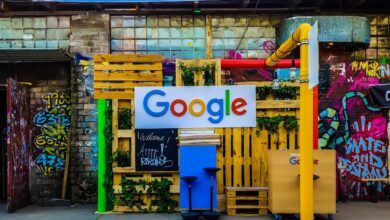
Web design is easy to get wrong. If you want your website to capture the attention of visitors, it’s best to take a couple of steps back and gain some perspective on what its purpose actually is. It can be very easy to get caught up in the details. Here are some points to consider.
1. Looks are important
You may not like to judge a book by its cover, but online, appearance is the most important thing after search placement. If your site doesn’t look right on first impression, visitors won’t stick around long enough to find out if what you’re offering is relevant to their search term. The very fact that Google has recently introduced Instant Preview – a function to allow searchers to vet websites according to a thumbnail of their homepage – is proof of this.
2. Design is about more than just looks
The design doesn’t just refer to the way your homepage looks. It helps to think of your website as a structure, like a building: its design is like the architectural blueprints and floor plans of a house. In the same way, you need to consider which way the door to each room opens, you need to make sure that each page on your site links to the others in a logical way. This is easier to stay on top of if you remember that less is more with web design. Start with the basics and work your way up.
3. Don’t be too flash
Flash may look great, but it’s not very practical. When people visit your site, they want to be able to find what they’re looking for quickly and easily; lavish animation just presents another barrier. Richard Graham from My Sydney Detour discovered this the hard way. He went through countless web designers, all of whom tried to make his business’s website look and feel as interactive as possible, at the cost of simple navigation. After taking some sound advice, Graham stripped the gimmick right down to a simple theme, and straightforward navigation. Have a look: it’s clean, simple, and effective.
4. Avoid clutter
Don’t have too much on your homepage. Having a cluttered page is going to scare your buyer away. A busy page is like a messy room: uninviting. If there is space for your homepage to breathe, it’s more likely that your visitors will stay for the 3-5 seconds it takes for them to figure out if your business is relevant to them or not. More like this, less like this.
5. Above the fold
As with email newsletters, the most important part of your entire website isn’t just your homepage – it’s the part of it that visitors see as soon as they arrive. The ‘fold’ is the cut-off point for their very first look at your homepage before they start scrolling down and exploring. It’s vital that the information that appears above the fold shows them that they’ve come to the right place. This site is a perfect example.




